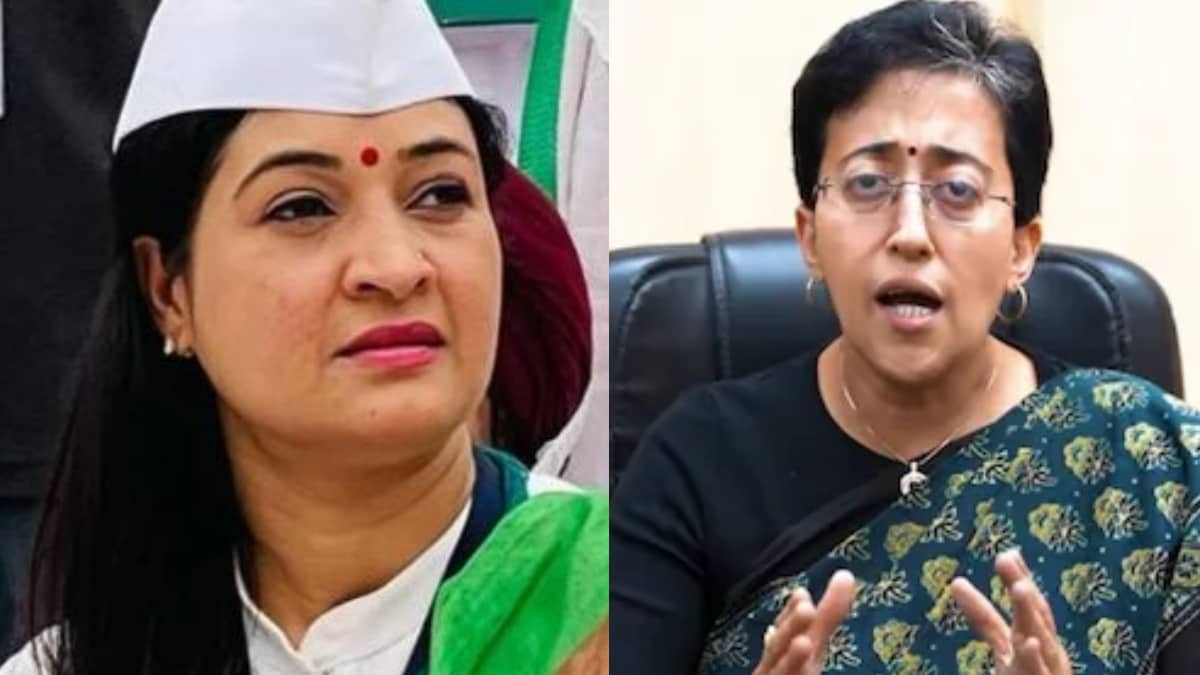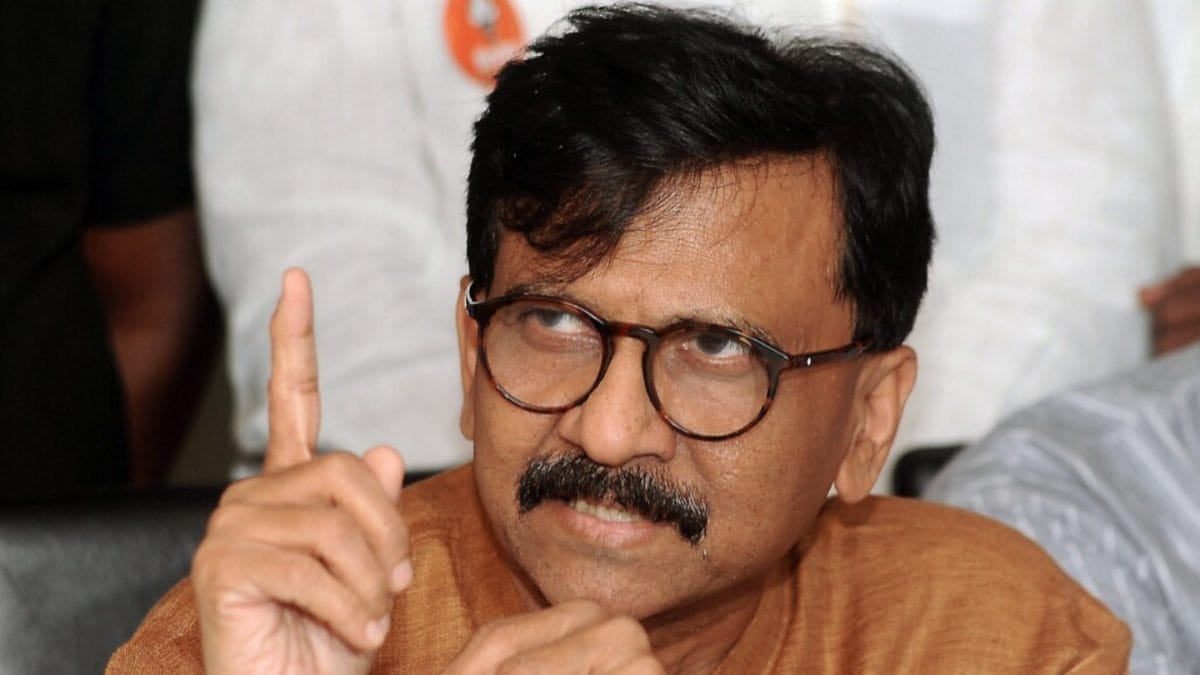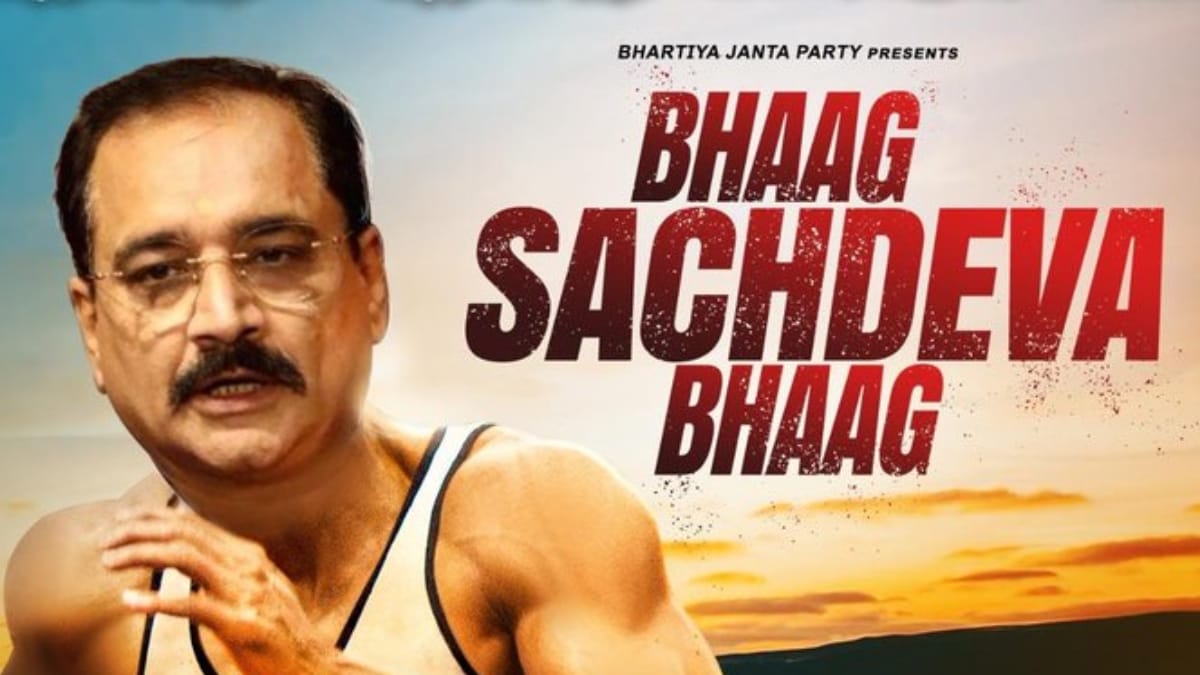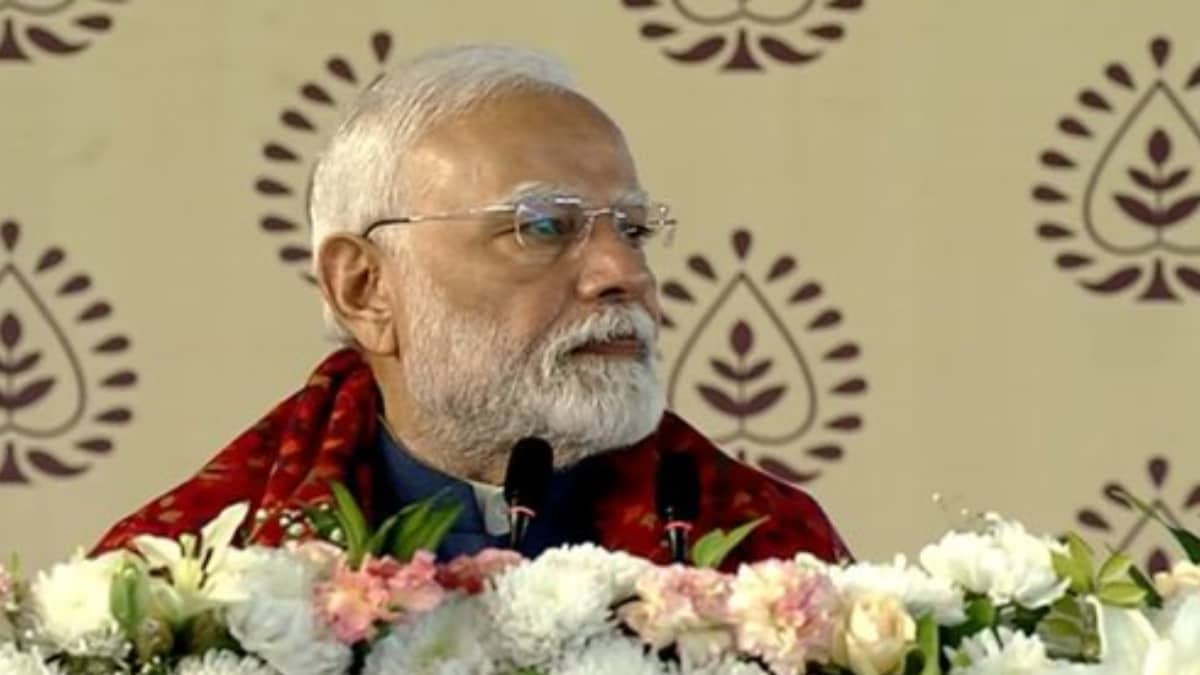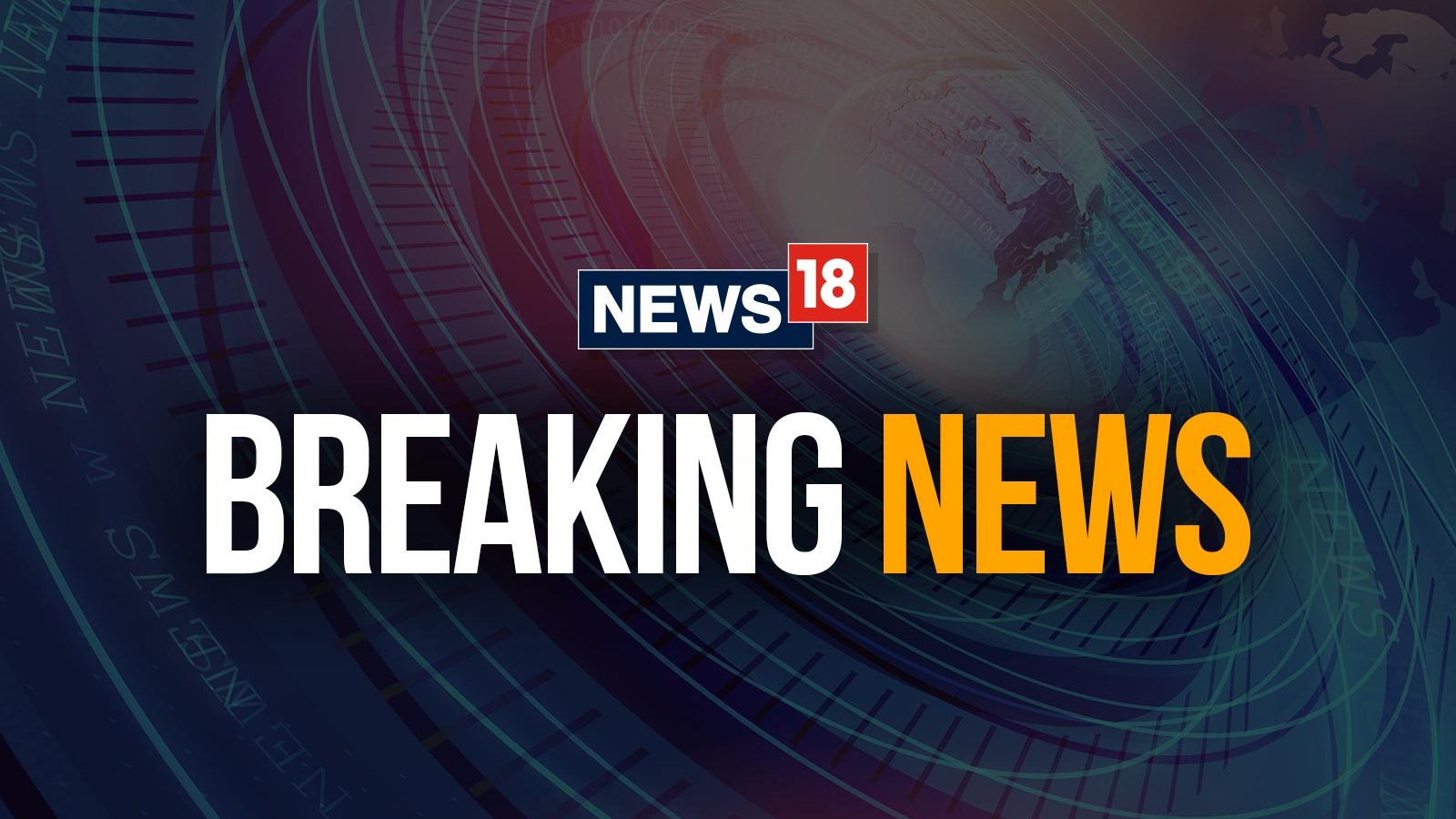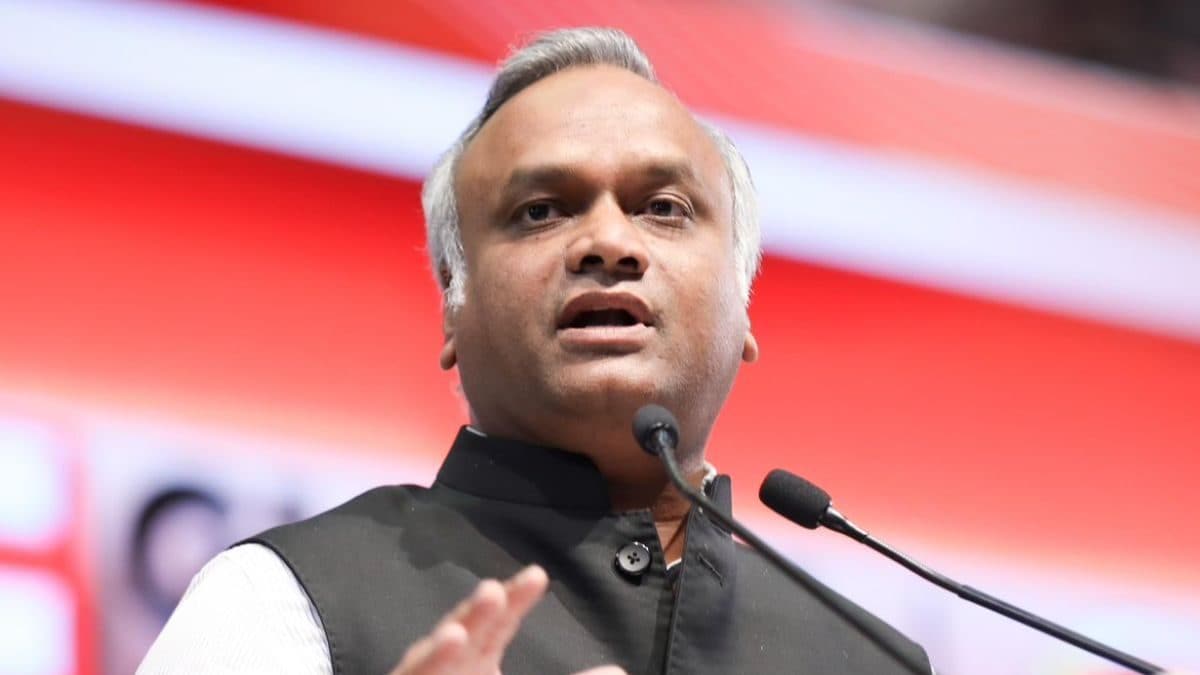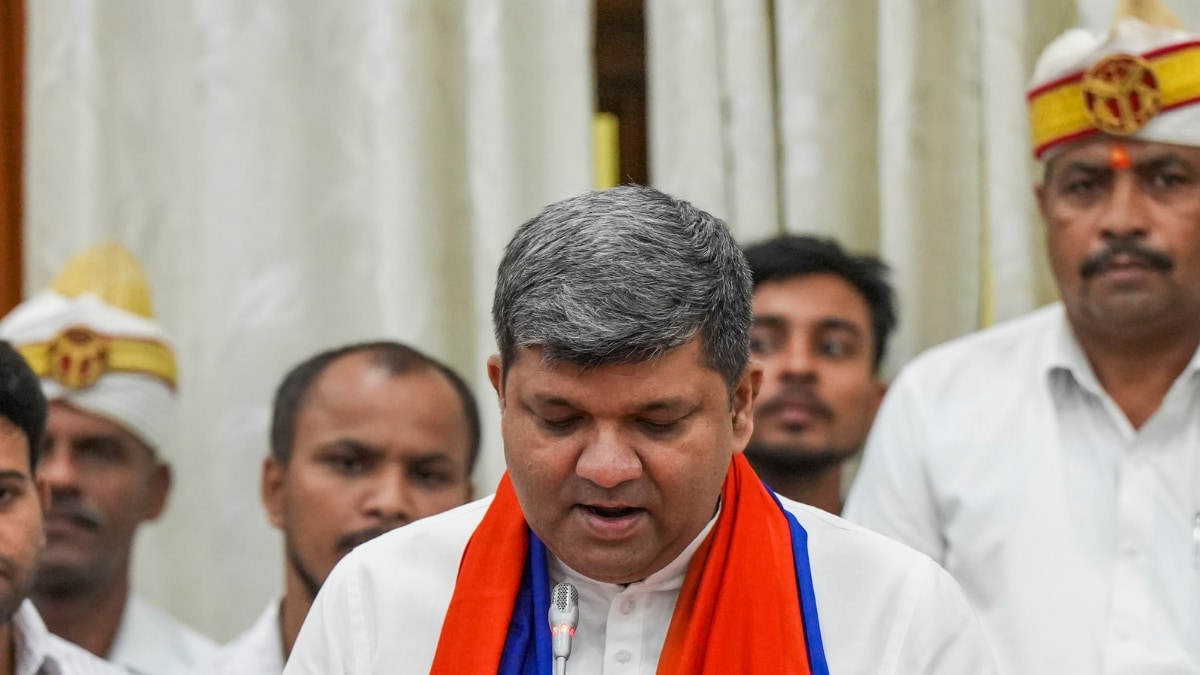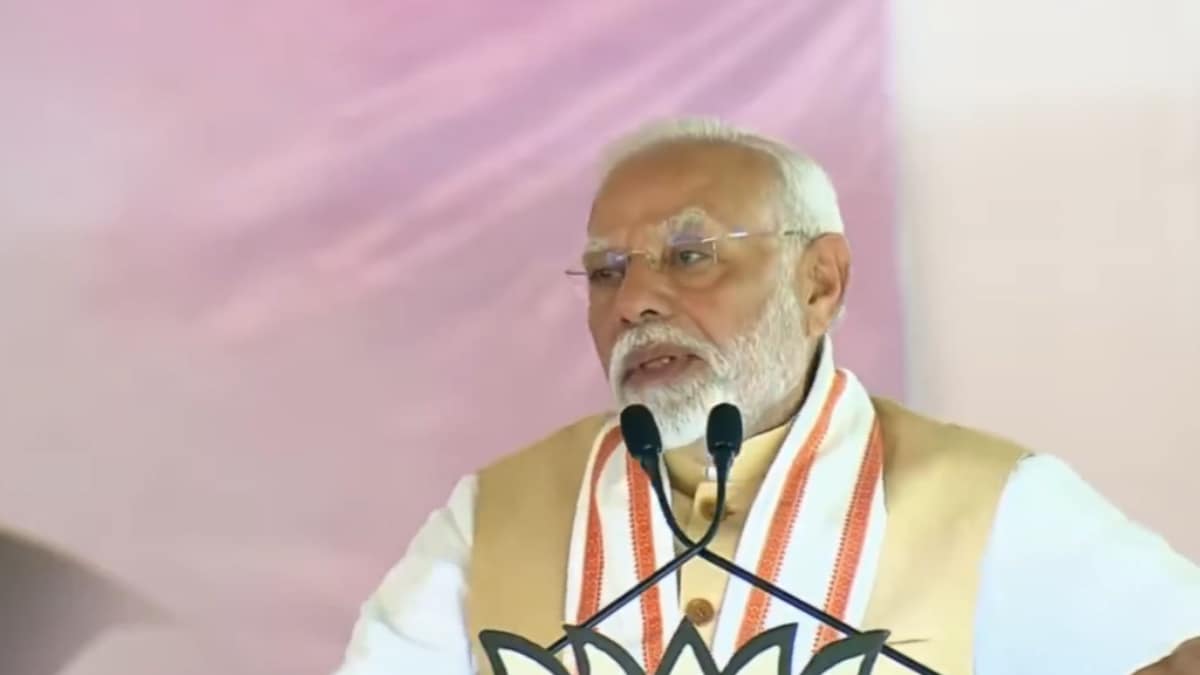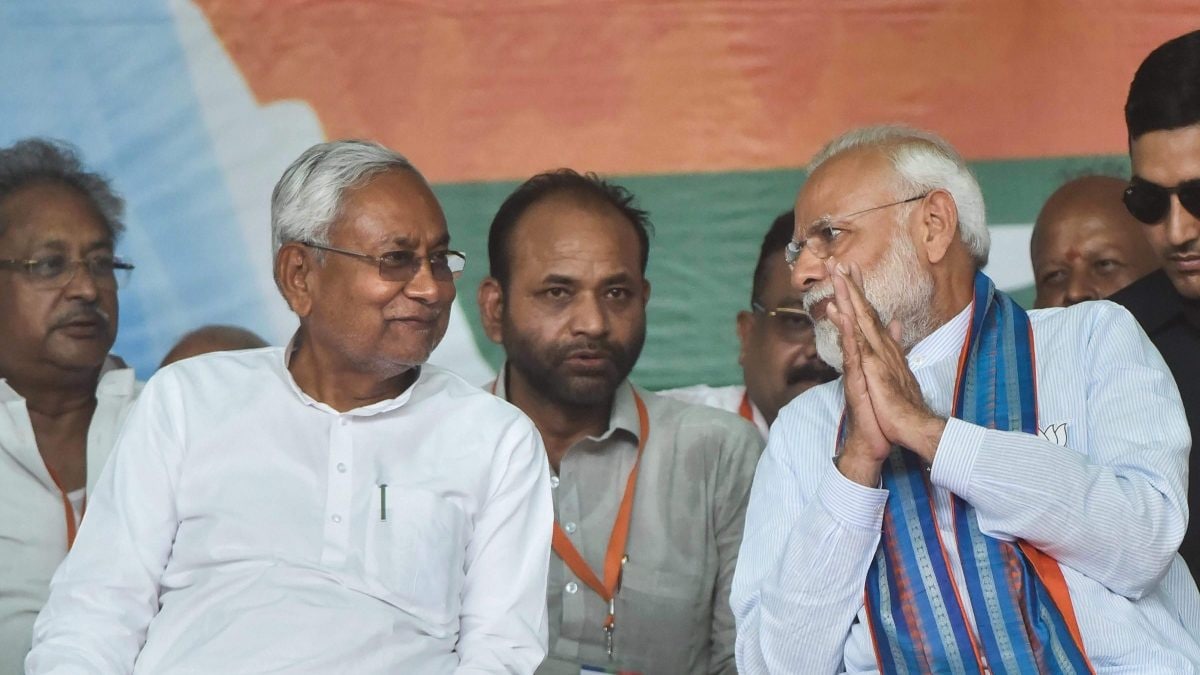Last Updated:January 01, 2025, 06:43 IST
As the party’s top vote-catcher, the prime minister’s ability to connect with the masses and steer the political narrative will remain central to its electoral strategy.

PM Modi's resilience in the face of adversity has only strengthened his hold over Indian politics. (AFP)

A defining moment for Modi this year came during the ‘Pran Pratishtha’ ceremony of the Ram Temple in Ayodhya in February. This event was symbolic not just of his leadership but also of the larger political narrative he had been shaping for years of restoring Hindu pride.
Many in the BJP expected the Lok Sabha polls to then be a cakewalk.
But a setback was in store as BJP’s tally dropped from 302 seats to 240, and ironically the biggest dent came from Uttar Pradesh. A silver lining was the TDP and JDU helping NDA cross the majority mark and a significant win in the Odisha assembly poll.
Although the Democratic Alliance (NDA) secured a historic third consecutive term, with Modi equaling Nehru’s win record as PM, the Congress party aimed to challenge the perception of Modi’s invincibility. Rahul Gandhi argued that the Opposition was just 20-30 seats away from toppling the government, despite the Congress securing only 99 seats.
Modi, however, was quick to respond, pointing out that the BJP had won more seats than the entire opposition bloc (INDIA), including the Congress, in the last three general elections combined. He also highlighted BJP’s victories in key states like Madhya Pradesh, Rajasthan, and Chhattisgarh at the end of 2023 as evidence of the enduring popularity of the ‘Modi factor’.
But nothing succeeds like success. The turning point for Modi came through his electoral victories in Haryana and Maharashtra, which significantly shifted the political narrative.
These wins not only solidified his dominance but also gave birth to a key slogan of his campaign: ‘Ek Hain Toh Safe Hain’ (Unity is Safety). This phrase had sidelined the Congress’s ‘Samvidhan Khatre Mein Hai’ (Constitution is in Danger) campaign during the Lok Sabha elections by emerging as the rallying cry of 2024, successfully reasserting BJP’s position among Dalit voters and consolidating its Hindu vote base.
Modi’s confidence was unmistakable during the November celebrations at the BJP headquarters following the party’s resounding win in Maharashtra. The mood at the headquarters was starkly different from the subdued reactions after the BJP’s third consecutive victory in the 2024 Lok Sabha elections.
Modi’s ability to rebound from setbacks is a hallmark of his political career.
After the 2002 Gujarat riots, many believed his political future was over. However, he not only managed to rebrand himself with the Gujarat model of development but also emerged as a national figure, eventually becoming prime minister in 2014 on the back of his image as a visionary leader and a “Hindu Hriday Samrat" (Emperor of Hindu Hearts).
Despite numerous challenges, including charges of political vendetta and the arrest of his close associate Amit Shah, Modi persevered, ultimately claiming victory in Delhi in 2014.
In 2024, facing a growing opposition narrative around caste census and the Adani controversy, Modi shifted his focus to blunt these attacks. The Congress’s attempts to rally Dalit support through these issues were countered effectively, particularly in Maharashtra. The BJP in fact swept the SC-dominated seats in Maharashtra, in a reversa from the Lok Sabha scenario.
The BJP’s efforts to neutralise the opposition’s caste-based agenda, as well as its strategic responses to criticisms surrounding the Adani group, helped protect Modi’s image.
By the end of the year, the BJP had strategically raised the issue of George Soros, attempting to link the Opposition, particularly the Gandhis, to foreign influence. This proactive approach underscored Modi’s determination not to let opposition narratives gain ground. Modi’s 105-minute long address in Parliament while replying to the debate on the constitution showed how the PM was back in his element and true form.
Looking ahead, 2025 will bring new challenges. The controversy around Amit Shah’s remarks on Dr Bhim Rao Ambedkar are again rallying the Opposition together. The Congress is desperate to unite the fractured Opposition, and Modi is likely to face renewed attacks as the battle for Delhi intensifies.
The BJP’s leadership is set to go head-to-head with Arvind Kejriwal in a high-stakes election. Later in 2025, the alliance with Nitish Kumar in Bihar will be tested, and the BJP will face a tough contest in the state, which has long been a key battleground.
Yet, throughout these challenges, the BJP will continue to rely on its most formidable asset—Prime Minister Narendra Modi. As the party’s top vote-catcher, Modi’s ability to connect with the masses and steer the political narrative will remain central to its electoral strategy.
As 2024 ends, one thing is clear: Modi’s political journey is far from over, and his resilience in the face of adversity has only strengthened his hold over Indian politics.
Modi’s slogan is ‘Ek Hain Toh Safe Hain’, but for the BJP the slogan may well be ‘Modi Hai Toh Safe Hain’.
Location : First Published:January 01, 2025, 06:43 IST
News politics Modi’s Resilient Political Journey Is Far From Over. 2025 Will Be Proof

 3 days ago
3 days ago
